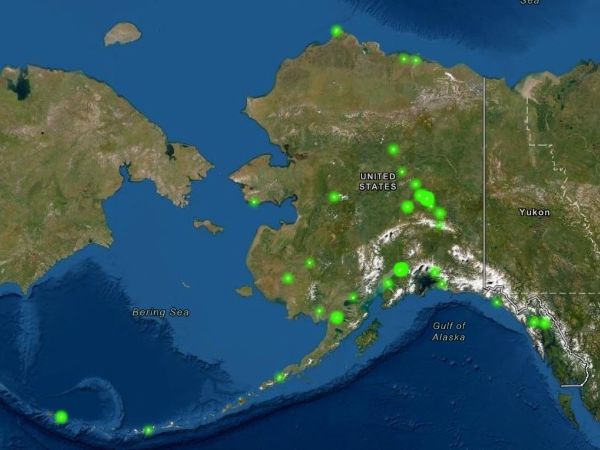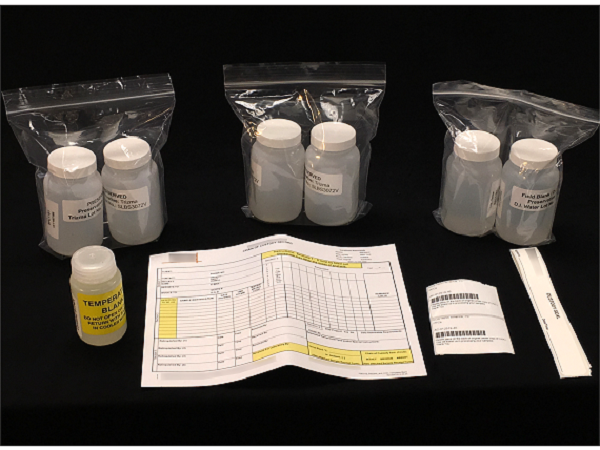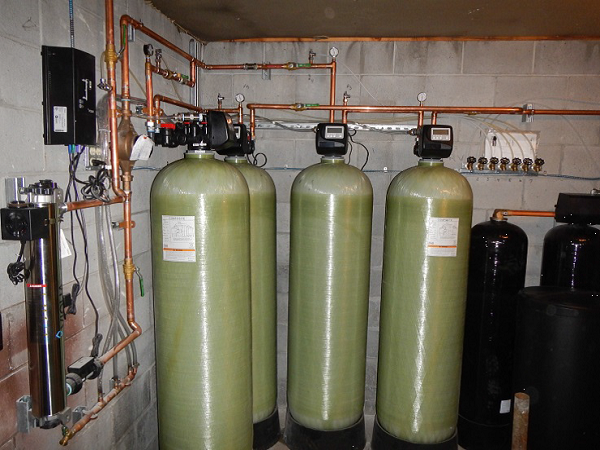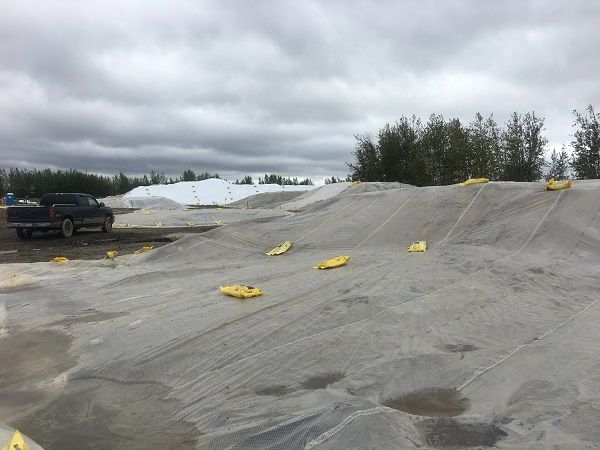Welcome to the DEC PFAS Page
EPA Update: National Primary Drinking Water Regulation
On April 10, 2024, the Environmental Protection Agency (EPA) adopted a National Primary Drinking Water Regulation (NPDWR) establishing Maximum Contaminant Levels for six PFAS and a cumulative risk level for the sum of four PFAS. For more information on EPA’s announcement, please visit EPA’s PFAS page.
The Division of Spill Prevention and Response (SPAR) is reviewing the EPA’s recently adopted NPDWR for PFAS and evaluating the potential impacts to PFAS contaminated sites throughout the state.
Per- and polyfluoroalkyl substances are a large and complex class of human-made compounds often referred to collectively as PFAS.
PFAS have been widely used in numerous industrial and residential applications since the 1950s. Their stability and unique chemical properties produce waterproof, stain resistant, and nonstick qualities in products. They are found in some firefighting foams and a wide range of consumer products such as carpet treatments, non-stick cookware, water-resistant fabrics, food packaging materials, and personal care products.
Contacts
- DEC, Contaminated Sites Program, Division of Spill Prevention and Response
- Stephanie Buss
- Environmental Program Manager III
- 907-465-5076
- DEC, Public Water Systems
- DEC Drinking Water Program, Division of Environmental Health
- Cindy Christian
- Program Manager, Field Operations
- 907-451-2138
- DOH, Division of Public Health
- Section of Epidemiology
- Allison Natcher
- Health Program Manager 3
- 907-269-8054
In Alaska, spills or releases of PFAS into the environment are primarily associated with the use of aqueous film-forming foams (AFFF) during firefighting or fire training activities. PFAS compounds of concern where AFFF has been used include perfluorooctanoic acid (PFOA) and perfluorooctane sulfonate (PFOS). Although these two compounds are the most studied, a growing body of research indicates additional PFAS compounds may have similar health or environmental effects and may be co-contaminants. In 2016, The Alaska Department of Environmental Conservation (DEC) published cleanup levels for PFOS and PFOA and the Environmental Protection Agency (EPA) issued lifetime health advisory LHA levels for these compounds in drinking water. In 2018, DEC set action levels for six PFAS compounds, including PFOS and PFOA. On April 9, 2019 and October 19, 2019, DEC published revisions to the Technical Memorandum on Action Levels for PFAS in Water that supersedes the 2018 action levels memorandum and aligns the action levels with EPA’s LHA levels for PFOS and PFOA. Action levels serve as thresholds for determining when responsible parties need to provide water treatment or alternative water sources for impacted water supplies. To review the revised technical memorandum, see DEC Revised Tech Memo on Action Levels for PFAS in Water.
Because PFAS are persistent in the environment and soluble in water, large plumes of groundwater contamination can form where these compounds have been released. When releases occur in areas served by private or public drinking water wells, the well water is susceptible to contamination. When PFAS contamination is found in the environment, the responsible party must evaluate the extent of the contamination in the soil and groundwater, determine whether and to what extent drinking water supplies are impacted, provide treatment or alternative water if action levels are exceeded, and begin cleanup with DEC’s oversight. The responsible party is typically the entity that caused the release or the landowner where the release occurred.
DEC Update: A Letter to Federal Aviation Administration
Commissioner Brune, along with representatives from other states, signed a letter calling on the Federal Aviation Administration to minimize or eliminate harmful pollution from the use of Aqueous Film Forming Foam at airports and pursue an alternative PFAS-free option. Read the letter to learn more.






 Indicates an external site.
Indicates an external site.